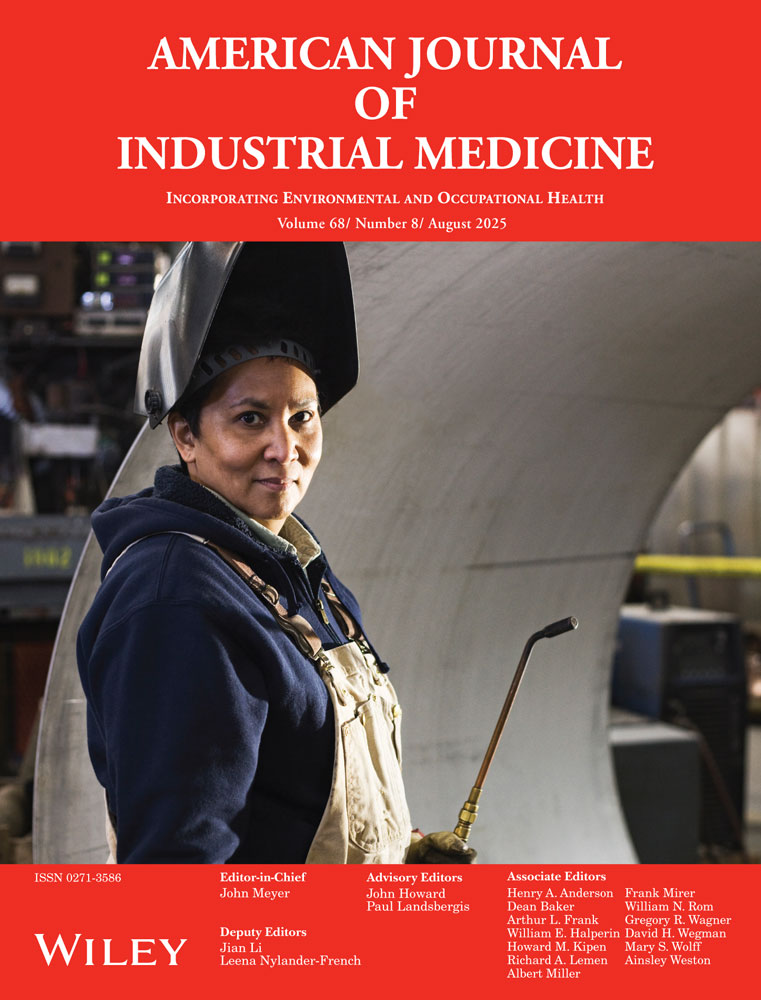Excess of symptoms among radiographers†
Institution where work was performed at UBC Department of Medicine.
Abstract
Background
The prevalence and occupational determinants of miscellaneous symptoms referred to as “Darkroom disease” was compared between radiographers and physiotherapists working in British Columbia, Canada.
Methods
The participation rate for the mailout questionnaire survey was 66.1%. A small subset underwent spirometry and methacholine challenge testing.
Results
Radiographers had a higher prevalence of most symptoms, with an extreme odds ratio of 11.4 for chemical/metallic taste. The percentage of radiographers with non-specific bronchial hyperresponsiveness (NSBHR) was 3 times higher than that of physiotherapists, although the comparison was not statistically significant. Reporting inadequate ventilation, frequently detecting the odor of X-ray processing chemicals and cleaning up spills within the past 12 months were highly associated with most of the symptoms.
Conclusions
Our results suggest that differences in the prevalence of symptoms represent a complex process, both in exposure and response to the many constituents found in radiographic processing chemicals. Objective testing of health outcomes and more refined exposure measurements are recommended to further investigate occupational health problems of radiographers. Am. J. Ind. Med. 43: 132–141, 2003. © 2003 Wiley-Liss, Inc.




